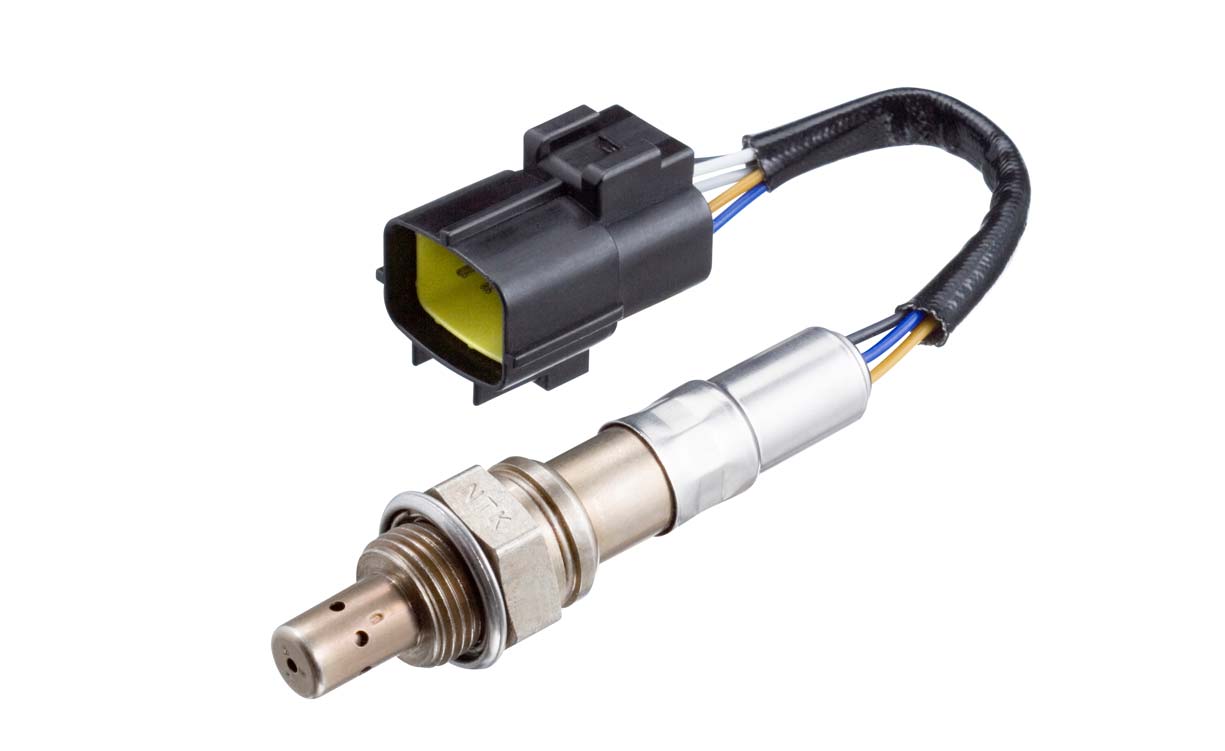There are many types of sensors, such as scania sensor, VW Oxygen Sensor, OPEL Nitrogen Oxide Sensor, BMW sensor, and MAF sensor. Different sensors are used in different places. Today this article will lead us into the world of oxygen sensors.
What is Oxygen Sensor?

The oxygen sensor (commonly described as an “O2 sensing unit”. O2 is the chemical formula for oxygen) is mounted in the exhaust manifold of the lorry to keep an eye on just how much unburned oxygen remains in the exhaust as the exhaust exits the engine.
By monitoring oxygen levels and also sending this information to your engine’s computer system, these sensors allow your automobile know if the fuel mix is running abundant (not nearly enough oxygen) or lean (excessive oxygen). Correct air fuel proportion is crucial to keeping your car running as efficiently as it needs to be. The oxygen sensor plays a vital role in engine performance, exhausts, and also gas efficiency,
The Working Principle of Oxygen Sensor
The functioning principle of the oxygen sensor is to inspect the oxygen quantity within the exhaust. Firstly, this oxygen was included in the gas forever ignition. The communication of this sensor can be made with the aid of a voltage signal. So the oxygen standing in the exhaust will be chosen by the computer system of the vehicle.
The computer manages the mix of gas or oxygen supplied to the cars and truck engine. The arrangement of the sensing unit before & after the catalytic converter permits to preserve the hygiene of the exhaust & inspect the converter’s effectiveness.
Some Types of Oxygen Sensors
Electrochemical oxygen sensor
Electrochemical oxygen sensing units are primarily utilized to measure oxygen levels in ambient air. They measure a chemical reaction within the sensing unit that develops an electric result proportional to the oxygen degree. Since some electrochemical sensors generate their own analog present, they can be self-powered, making them beneficial for determining oxygen gas battery-operated underwater diving and hand-held personal security devices. Examples could include breath analyzers, respiratory sensors, and blood glucose sensors.
In terms of sensor advantages, electrochemical sensing units are searched for as a result of their reduced power demands, lower discovery limits, and are frequently less directly influenced by conflicting gases. They also tend to be the least pricey kind of sensor
Ultrasonic oxygen sensor
Ultrasonic oxygen sensors make use of sound rate to measure the amount of oxygen in a gas or fluid example. In fluid, upstream and downstream sensing units measure the rate distinction in between high-frequency sound waves. The change in rate is proportional for oxygen in the example. In gases, the audio rate differs as the molecular structure of the gas differs. This makes ultrasonic oxygen sensors beneficial for anesthesia ventilators or oxygen generators where the outcome is a known concentration of oxygen gas. Regular applications that need ultrasonic oxygen noticing methods are health centers, gas analysis, or applications involving oxygen concentrators or mobile oxygen generators.
All in all, because oxygen sensor has unique working principle, so it can be used in many areas, such as packing of food, beverage packaging, pharmaceutical and medical, etc. We are supplier of oxygen sensors. Any interest, welcome to contact us.
Post time: Nov-24-2021


